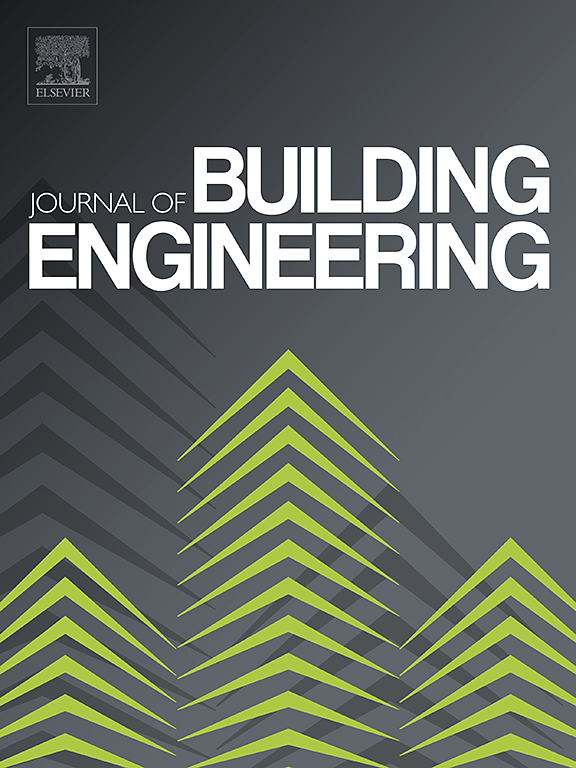Effect of bar diameter and cover thickness on bond behavior of steel bar in high-strength SHCC under pull-out condition: Experimental study and efficient finite element modeling
IF 6.7
2区 工程技术
Q1 CONSTRUCTION & BUILDING TECHNOLOGY
引用次数: 0
Abstract
Engineered/Strain-Hardening Cementitious Composites (ECC/SHCC) are highly attractive for tensile/shear-critical regions in reinforced concrete structures due to their high tensile ductility and excellent crack control capacity. To ensure effective stress transfer, a sufficient bond between steel bars and SHCC is crucial, particularly for high-strength SHCC. This study experimentally and numerically investigates the bond behavior between deformed steel reinforcing bars and high-strength SHCC through a direct pull-out approach. Steel bars with different diameters (D = 20/25/32 mm) and cover thicknesses (1D, 1.5D and 2D) were examined, with a fixed bond length of 4D. The block materials included conventional concrete and high-strength SHCC with compressive strength of 112 MPa, tensile strength of 8.6 MPa and tensile strain capacity >5 %. The findings demonstrated that SHCC can prevent the propagation of cracks, thereby maintaining the integrity of the bond. The bar diameter itself does not significantly affect the bond strength, while increasing the cover thickness from 1D to 2D effectively increases the peak loads and bond strength. A relatively simple but efficient finite element model was established, and the simulation showed good agreement with test results. These findings improve the understanding of bond characteristics of deformed steel bars with high-strength SHCC and facilitate the design of reinforced SHCC members.
求助全文
约1分钟内获得全文
求助全文
来源期刊

Journal of building engineering
Engineering-Civil and Structural Engineering
CiteScore
10.00
自引率
12.50%
发文量
1901
审稿时长
35 days
期刊介绍:
The Journal of Building Engineering is an interdisciplinary journal that covers all aspects of science and technology concerned with the whole life cycle of the built environment; from the design phase through to construction, operation, performance, maintenance and its deterioration.
 求助内容:
求助内容: 应助结果提醒方式:
应助结果提醒方式:


